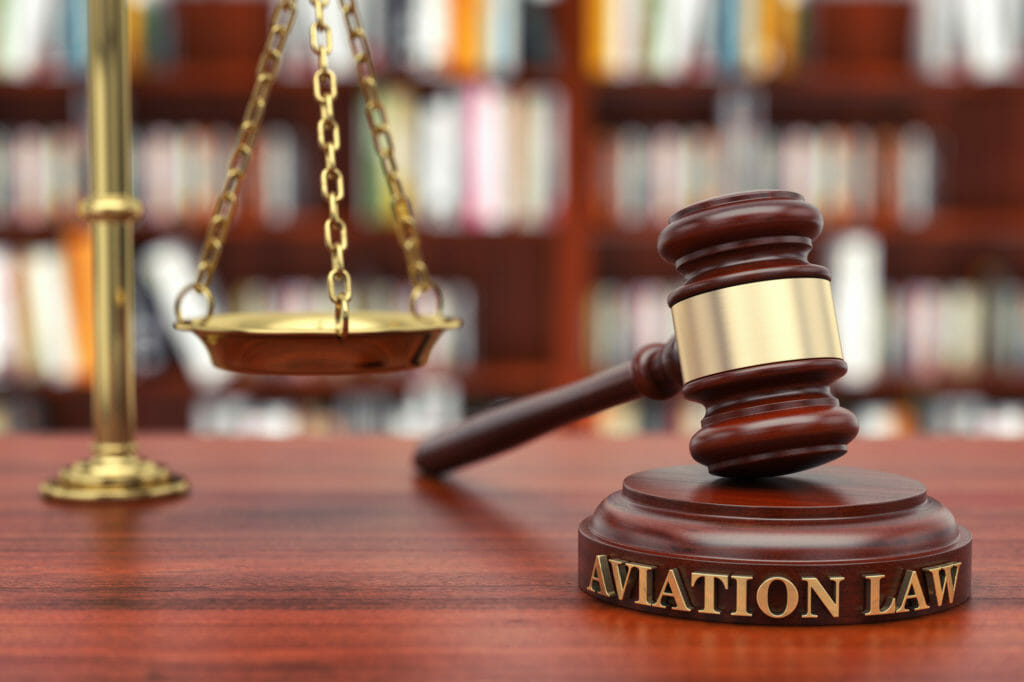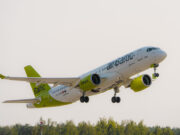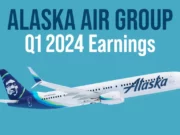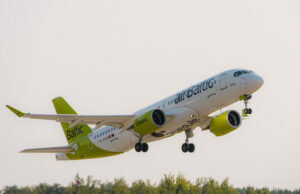 Last month, at a wedding in Hattiesburg, Miss., I met a woman who mentioned that she was from nearby McComb. She appeared to be about my age, so I asked her if she remembered the Lynyrd Skynyrd plane crash in 1977. The accident site was not too far from McComb.
Last month, at a wedding in Hattiesburg, Miss., I met a woman who mentioned that she was from nearby McComb. She appeared to be about my age, so I asked her if she remembered the Lynyrd Skynyrd plane crash in 1977. The accident site was not too far from McComb.
She said she was at a high school football game that night, and suddenly all the doctors in the stands were paged over the PA system to report to the local hospital. That was her first clue that a fatal plane crash had occurred – and that six people were dead, including Ronnie Van Zant, the lead singer of the southern rock band Lynyrd Skynyrd.
Aircraft Leasing
The Lynyrd Skynyrd accident became the impetus for renewed FAA scrutiny over aircraft dry leasing in the U.S., and resulted in Advisory Circular 91-37A, which I still use frequently as a guide to help explain leasing to clients and pilots (now titled AC 91-37B).
The band’s manager had leased the accident aircraft, a 1947-model Convair 240, from its owner only nine days before the crash. It was a three-week lease, with the pilots hired from another company. FAR leasing requirements were followed, but post-accident investigation led the NTSB to find that the band had no understanding of their role as the aircraft’s “operator.”
In response, the FAA immediately did two things: The month after the crash, they instituted the “48-hour notice” requirement now described in FAR 91.23(c)(3). And, in addition to the existing requirements that a large-aircraft lease be mailed to Oklahoma City and carried in the aircraft, 91.23(c)(3) now requires that the nearest FSDO be notified of the first flight under the lease at least 48 hours in advance.
Three months after the accident, the FAA also published Advisory Circular 91-37A, titled “Truth In Leasing.” Aimed at the general public, this document was an attempt to point out the differences between charter and leasing, and outline the legal responsibilities of aircraft lessees. This AC was republished in 2016 as AC 91-37B.
Operational Control
The relevance of all this to pilots today can be seen in the recent NTSB Order EA-5827, dated September 7, 2017, available from the NTSB’s website.
A pilot flew a leased King Air 100 from Jackson, Mississippi, to Bessemer, Alabama, with three passengers from a construction company. Upon returning to Jackson, he was met by the FAA. There was a written lease between the aircraft owner and the construction company, but the company’s owner (one of the passengers, a Mr. Webster) believed that they were actually chartering the aircraft.
Mr. Webster also thought that the pilot and the aircraft owner were a “sole source,” i.e. that the pilot owned the aircraft, but the aircraft was actually owned by the pilot’s sister. The pilot was found to be operating an illegal charter and lost all of his FAA licenses.
 In determining the validity of a dry lease, the FAA looks for who maintained “operational control” of a flight. In the NTSB hearing, the FAA counsel asked Mr. Webster the seven questions listed in Advisory Circular 91-37B that determine operational control:
In determining the validity of a dry lease, the FAA looks for who maintained “operational control” of a flight. In the NTSB hearing, the FAA counsel asked Mr. Webster the seven questions listed in Advisory Circular 91-37B that determine operational control:
1. Who makes the decision to assign crewmembers and aircraft; accept flight requests; and initiate, conduct, and terminate flights?
2. For whom do the pilots work as direct employees or agents?
3. Who is maintaining the aircraft and where is it maintained?
4. Prior to departure, who ensures the flight, aircraft, and crew comply with regulations?
5. Who decides when/where maintenance is accomplished, and who directly pays for the maintenance?
6. Who determines weather/fuel requirements, and who directly pays for the fuel?
7. Who directly pays for the airport fees, parking/hangar costs, food service, and/or rental cars?
– FAA Advisory Circular 91-37B (2016)
The NTSB Administrative Law Judge found that the pilot was actually the answer to most of these questions, and that operational control therefore resided with the pilot. The flight, therefore, was an illegal charter.
I cannot stress this enough – the violation occurred even though there was a written lease. The most important take-away from this order is the statement that “a written document purporting to fix operational control with the lessee may not be dispositive on the issue of operational control.” (Administrator v. DeCruz, NTSB Order no. 5827 at p. 31, citing several other NTSB orders.)
To sum up, dry leases are legal, but the lessee MUST understand that operational control now rests with them. They must operate the flight as if they own the aircraft. The best strategy is to contact a competent aviation attorney to help set up the lease.






















































